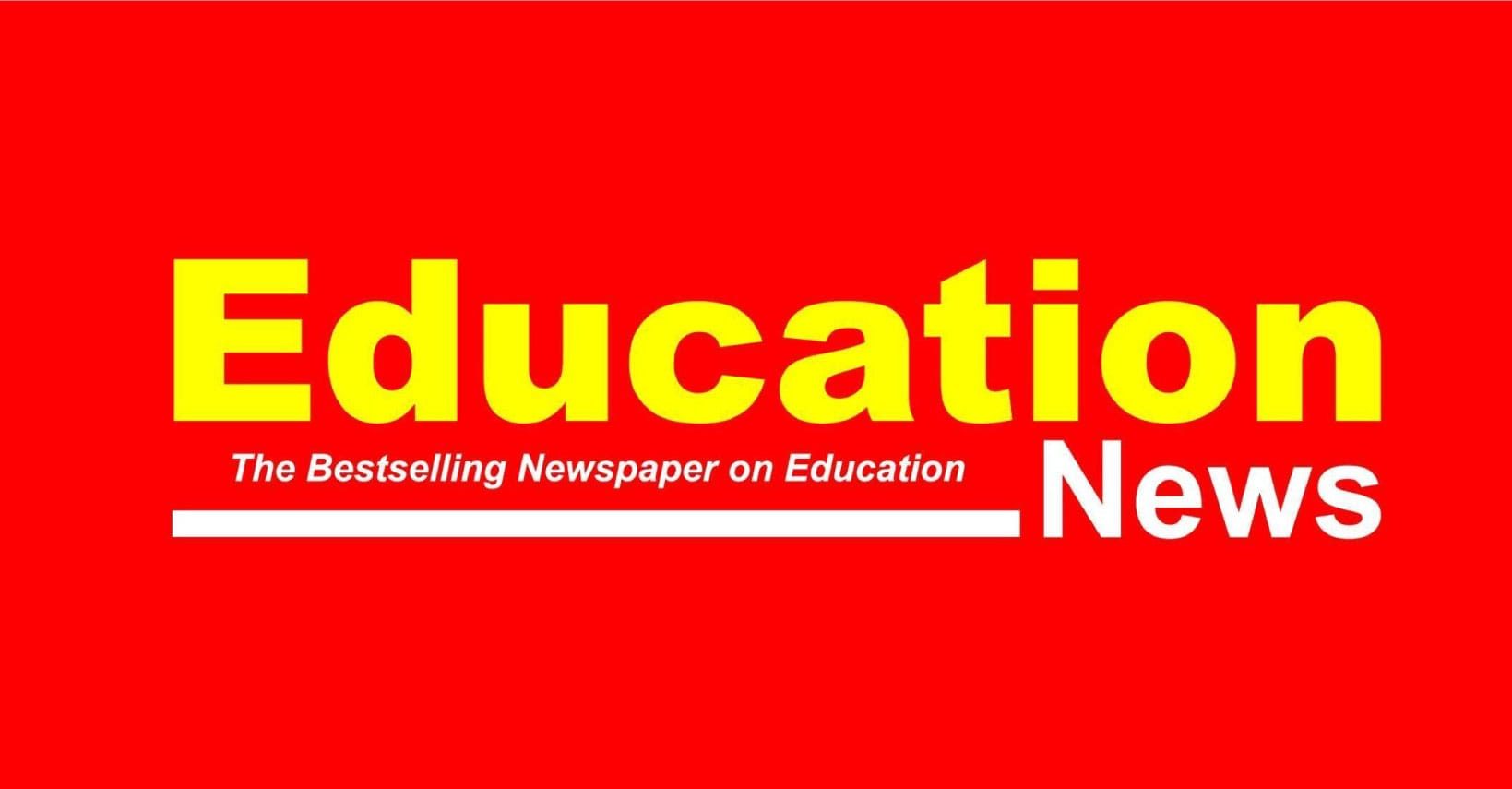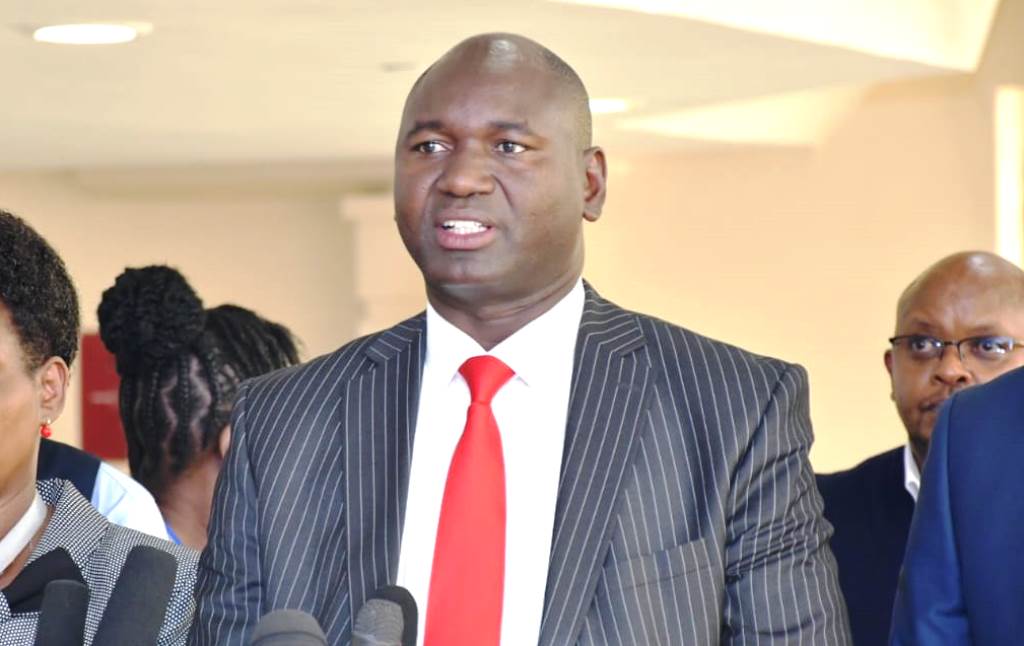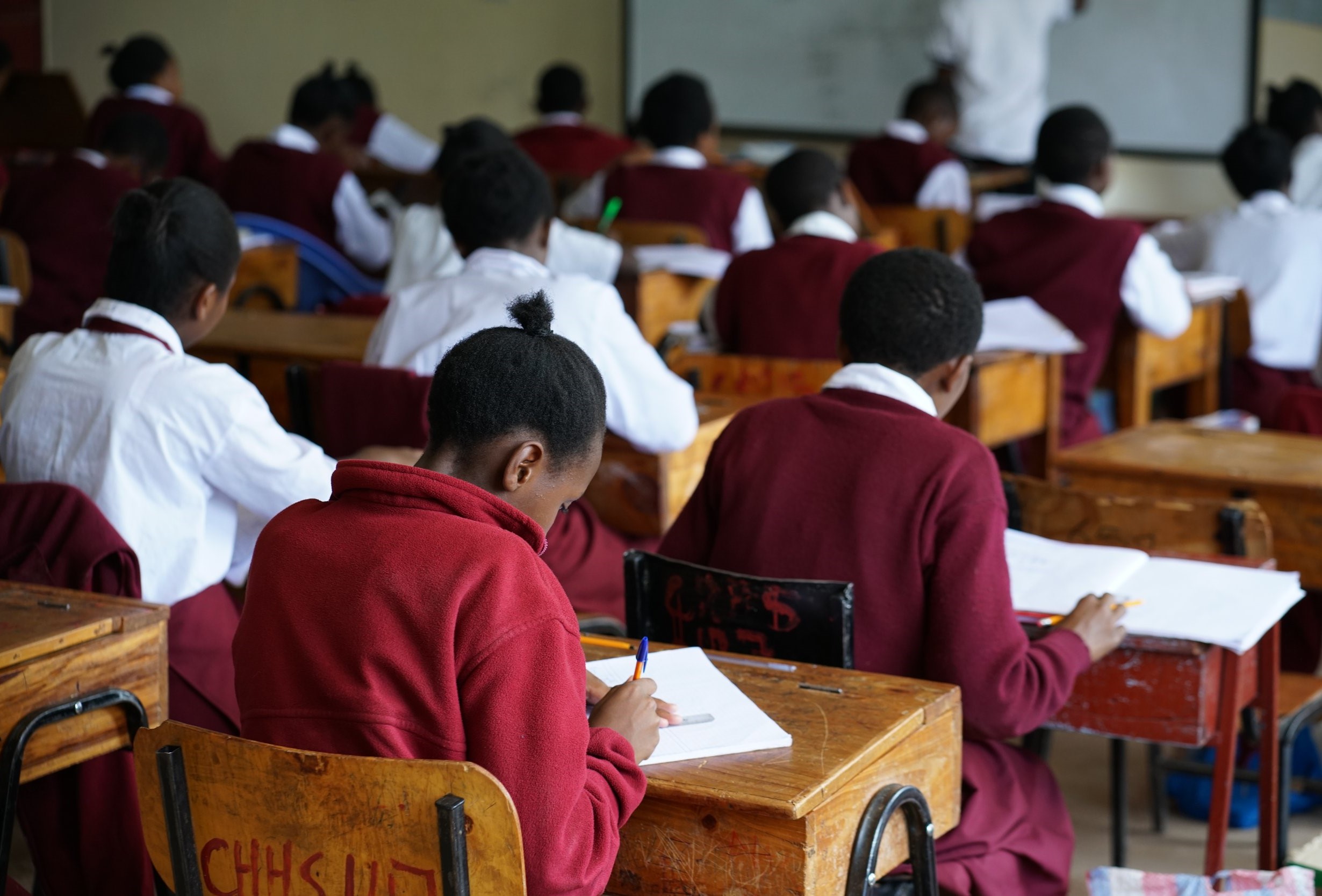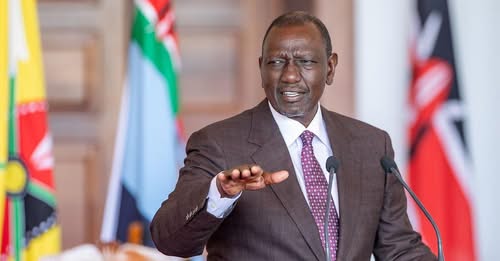A shock has gripped the education sector after it emerged that over 5,000 out of 9,750 senior schools were not selected by learners joining Grade 10 in 2026, raising concerns over school preference and locality.
In a statement released on Thursday, July 17, Basic Education Principal Secretary Julius Bitok said the placement of the 1.2 million Grade 9 learners concluded in May, admitting that despite the capacity to host all learners in senior school, many schools, mostly sub-county and day schools, were left unchosen.
This means learners only shown interest in joining 4250 schools nationwide in grade 10 senior school transition.
PS Bitok added that learner choices were guided by school type, proximity, and perceived quality.
“Most of the schools that have not received any learners are day schools, and those in remote areas. Preference and locality are playing a major role,” Bitok said.
ALSO READ:
TSC issues show‑cause letters to 34,000 teachers over missing term 1 TPAD records
Speaking during the Citizens of the Future Education Summit in Nairobi, the PS disclosed that the Ministry has categorized the senior schools into four clusters; national schools, extra-county, county, and day schools.
He added that former national and extra-county schools are more likely to be selected due to better infrastructure and academic reputation.
Bitok called for a national conversation on how to optimize learning resources, especially considering the 5,000 schools left out of the selection, terming the situation a national crisis that needs urgent attention
“If there are more than 5,000 schools which have not been selected by any learner, what can we really do as a country so that we can be able to optimize resources? We are going to have a national conversation so that, we can sort this issue,” he posed.
ALSO READ:
TSC rolls out nationwide retooling for Senior School teachers in bold CBE implementation push
The PS assured that despite the imbalance in selection, the government is committed to ensuring a smooth transition and equitable distribution of learners in the senior school phase.
“We have enough space for all the learners. And the first preference is for the learner to choose where they want to go to school. And we have a system which is able to select, added.
Bitok reveals shutdown of some schools adding that awareness campaigns and school mapping are ongoing to support informed choices.
Bitok also revealed that the Ministry of Education will begin urgent talks with stakeholders to decide the fate of the under-enrolled schools.
“The consultations will address the sustainability of the institutions as the government struggles with strained resources. The ministry is considering merging or repurposing some of the institutions to ensure efficiency and quality due to uneven teacher distribution,” he said
ALSO READ:
Learners with poor literacy foundation struggle in academics
This revelations now raise fears of students being placed in institutions they did not show any interest in, during the selection exercise.
Additionally, a report by Zizi Afrique Foundation and USAWA released yesterday, showed that 65 per cent of Grade 9 learners understand the three senior school pathways. These include Science, Technology, Engineering and Mathematics (STEM), Social Sciences, and Performing Arts.
Most learners prefer the STEM route, with 68 per cent of boys and 59 per cent of girls indicating interest.
However, 35 per cent of learners are still unaware of the pathways, a gap the Ministry hopes to address before transition.
The Competency-Based Curriculum (CBC) allows learners to select pathways aligned to their talents and interests.
ALSO READ:
Kobala Girls cleared for KSSSA Nationals after Nyanza football dispute with Nyakach
According to the KESSHA national chairman, Willy Kuria, this selection outcome did not as a surprise as most students mainly focused on the top renowned schools allocated in the cities.
He challenged the government to ensure all schools have top notch facilities to attract students at the same level as nationals.
Disparity in resources and infrastructure is a big contributor to the inequality in secondary schools, students tend to lean on the top and well-resourced schools and shun the dilapidated schools in their neighborhood,” Kuria said.
By Brian Ndigo
You can also follow our social media pages on Twitter: Education News KE and Facebook: Education News Newspaper for timely updates.
>>> Click here to stay up-to-date with trending regional stories
>>> Click here to read more informed opinions on the country’s education landscape






